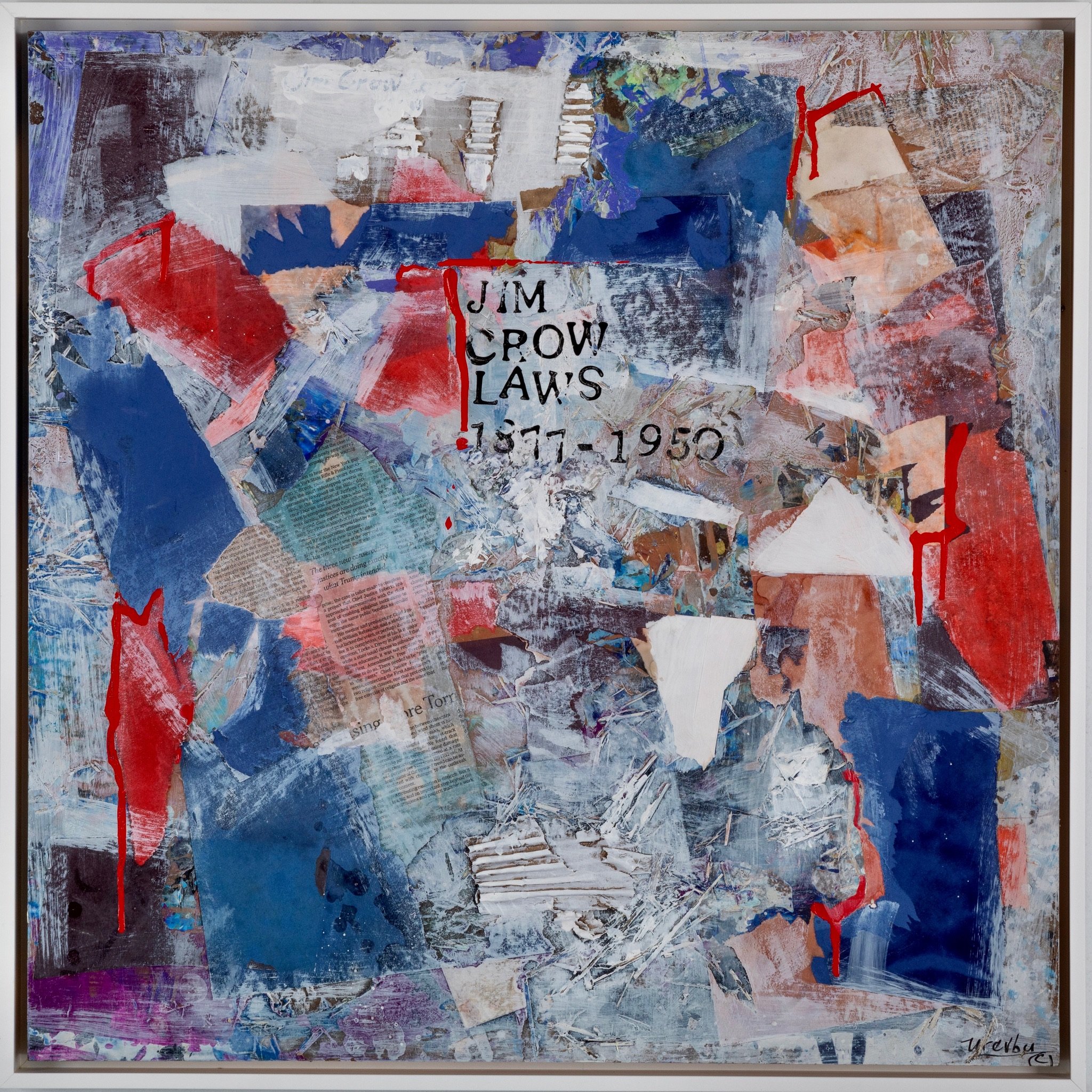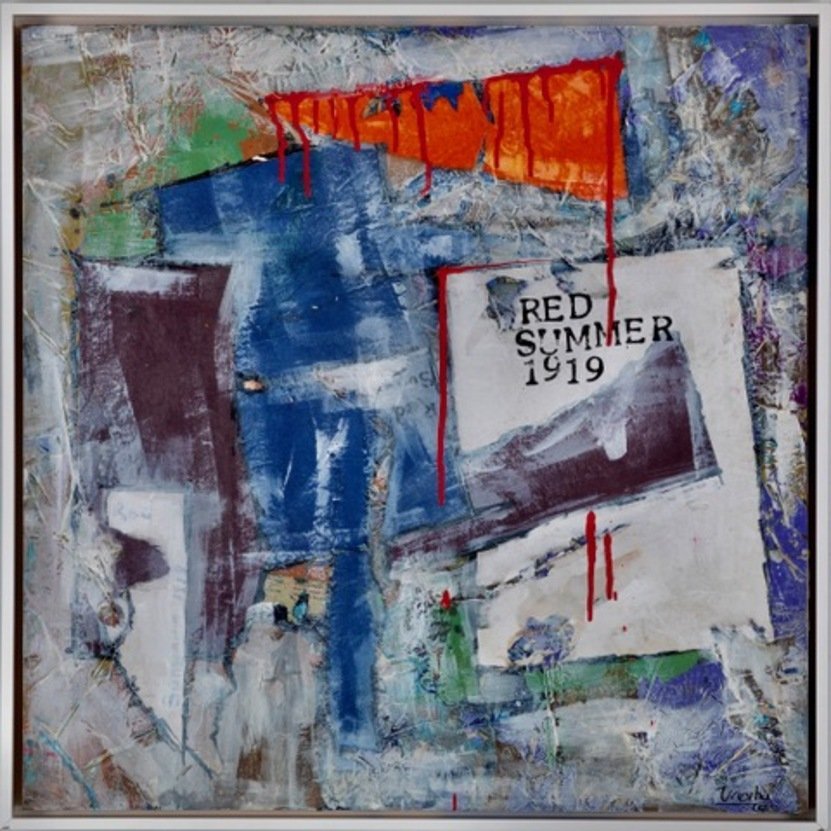Untold Stories Collection
East St Louis Massacre, 1917
The East St. Louis Massacre of 1917 stands as a harrowing testament to the intense racial tensions and violence that plagued the United States during World War I. Located in East St. Louis, Illinois, the massacre was precipitated by a long-standing labor dispute between predominantly white union members and Black workers recruited as strikebreakers.On July 1, 1917, simmering tensions erupted into a violent rampage when a white mob, comprising local residents and members of labor unions, launched a brutal assault on the Black community in East St. Louis. The mob engaged in widespread looting, arson, and vicious attacks on Black residents, resulting in numerous fatalities and leaving many more injured and homeless. While the precise death toll remains uncertain, it is believed that dozens of Black individuals lost their lives in the onslaught.The massacre underscored the intersection of racial animosity and economic competition in industrial cities like East St. Louis. African American workers, drawn to urban centers for job opportunities, faced systemic racism and discrimination exacerbated by labor conflicts. The outbreak of violence revealed the profound inequalities and hostility towards Black Americans seeking economic advancement and social mobility.Beyond its immediate impact, the East St. Louis Massacre of 1917 reverberated nationally, sparking outrage and prompting renewed scrutiny of racial injustice and civil rights in America. It became a poignant symbol of the struggles faced by Black communities during the early 20th century, highlighting the urgent need for social and political reform to address systemic racism and ensure equal rights for all citizens.The legacy of the East St. Louis Massacre remains a somber reminder of the enduring challenges and injustices confronted by African Americans in their quest for dignity, equality, and justice in American society. It stands as a pivotal moment in the ongoing struggle for civil rights and serves as a call to confront and rectify historical injustices while striving for a more inclusive and equitable future.Ephraim Urevbu
East St Louis Massacre 1917
Acrylic and mixed media on board
24 x 24 in (60.9 x 60.9 cm)
























